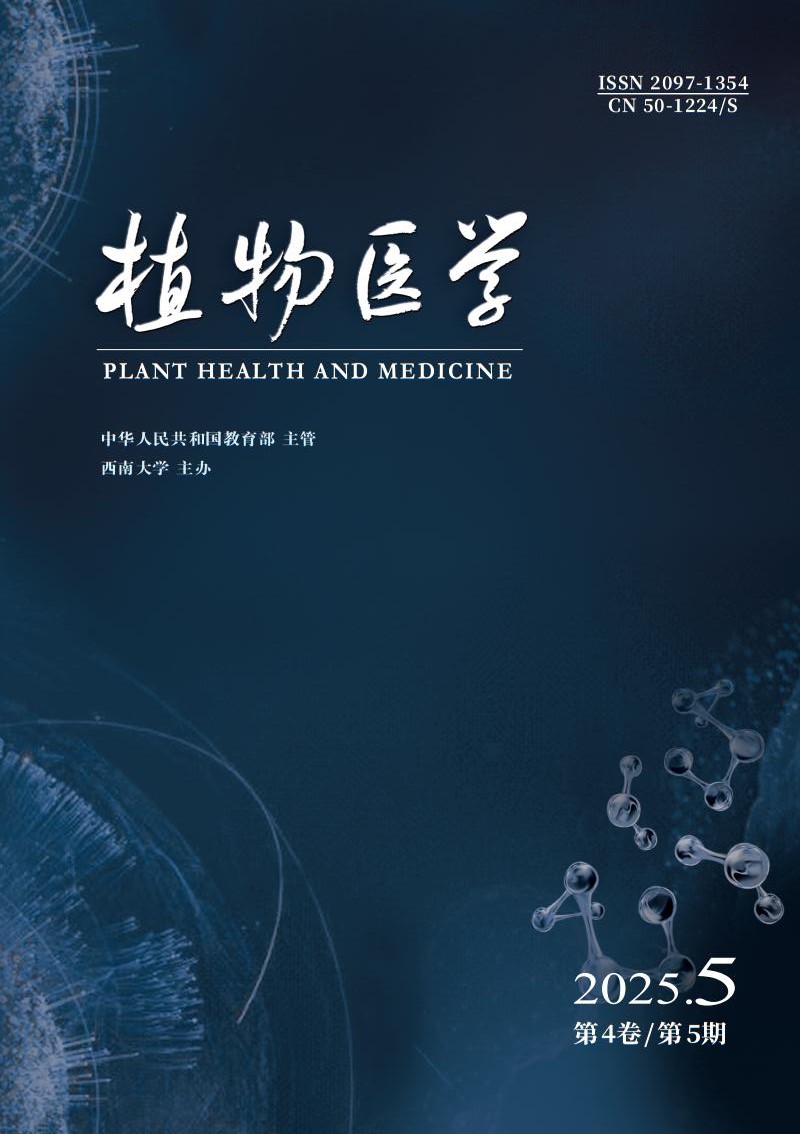Study on Effect of Different Application Methods on Control of Tobacco Root-knot Nematode Disease
- Received Date: 01/06/2021
-
Key words:
- tobacco root-knot nematodes /
- disease control /
- chemical control /
- bio-control /
- application methods
Abstract: Tobacco root-knot nematode is one of the most important soil-born tobacco diseases in southwest of China, especially in Liangshan area of Sichuan Province. In this research, we evaluated the effects of three kinds of application methods with two kinds of agents on control of tobacco root-knot nematode disease with different treatment time in the field. The purpose of this study was to clarify the optimal application methods for different pesticides to prevent and control tobacco root-knot nematode, so as to improve the control efficiency and effect, and maintain the ecological environment. The results showed that all kinds of application methods with two agents could control the occurrence of tobacco nematode disease and promote the growth of tobacco plants. The control efficiency of abamectin was not obviously affected by the application method. The control efficiencies were ranged from 53.00%~71.06%. The control efficiency of Verticillium chlamydosporium was significantly affected by the application method. The control efficiencies by root-irrigation and pit application were 53.27% and 15.83%. Therefore, we suggested that for areas with less rainfall and low soil water content, control of tobacco root knot nematode disease by microbial agents should supplement the water in time to improve the utilization of agents and the effect of disease control. After the application of chemical agents, soil water should be replenished in time to reduce the usage of chemical and increase the efficiency. This study could provide an effective reference for the control of root knot nematode disease.





 DownLoad:
DownLoad: